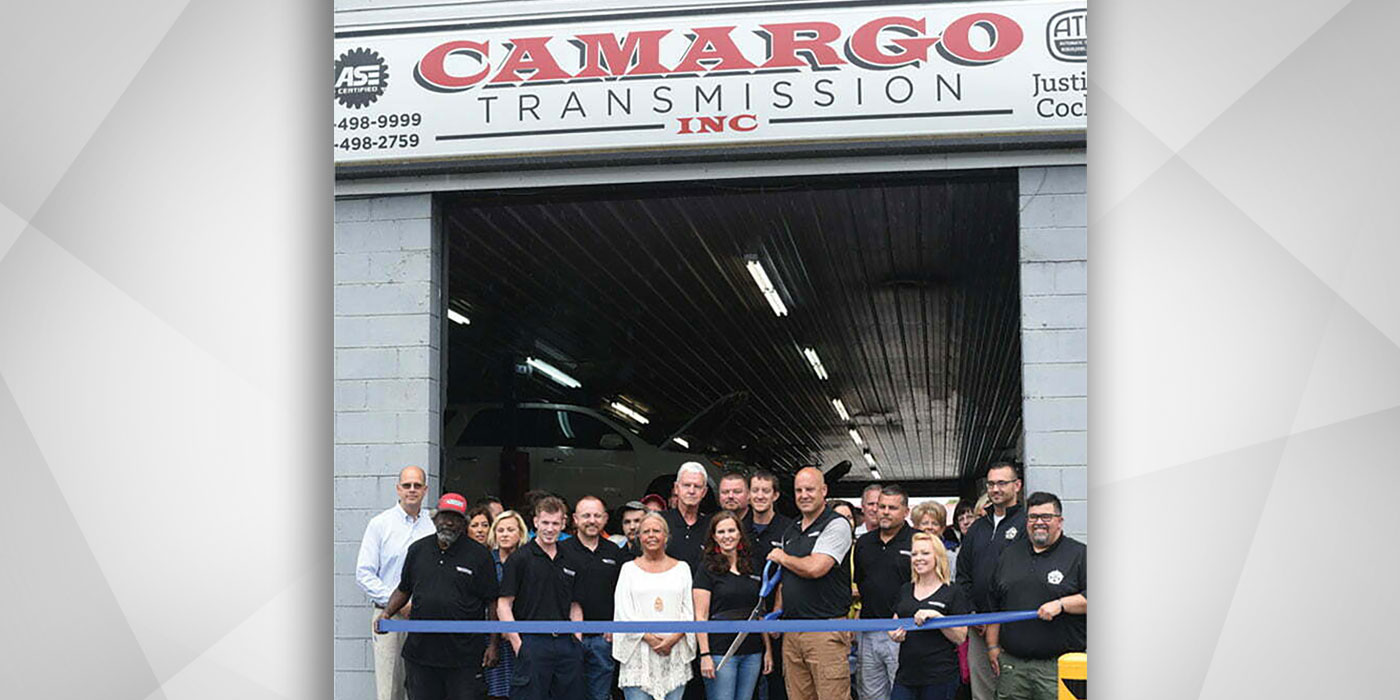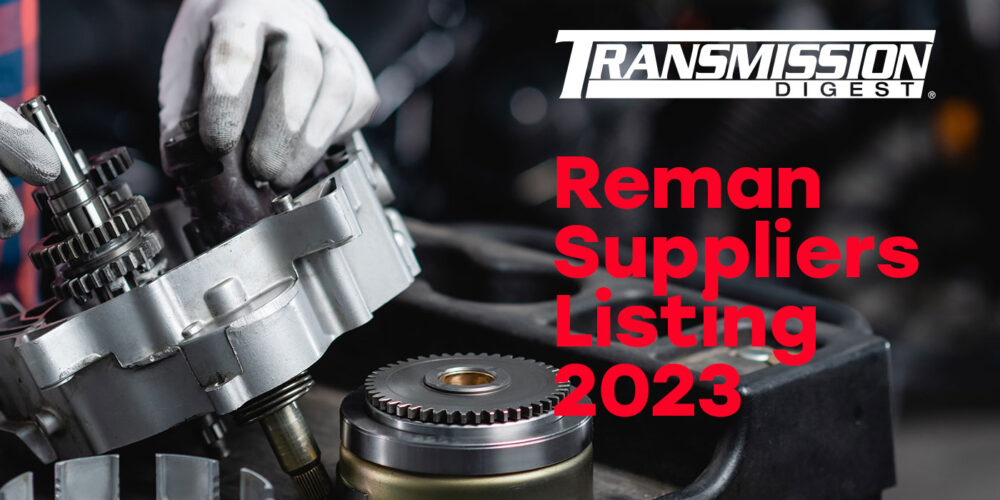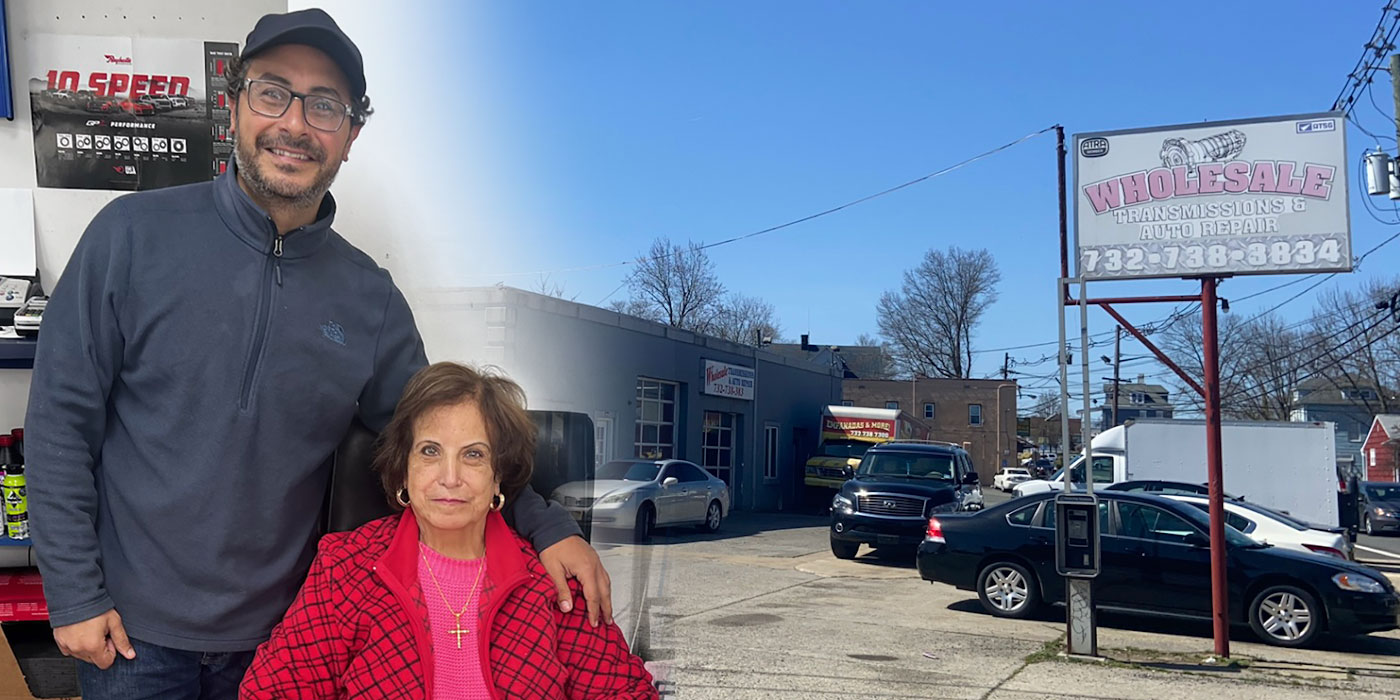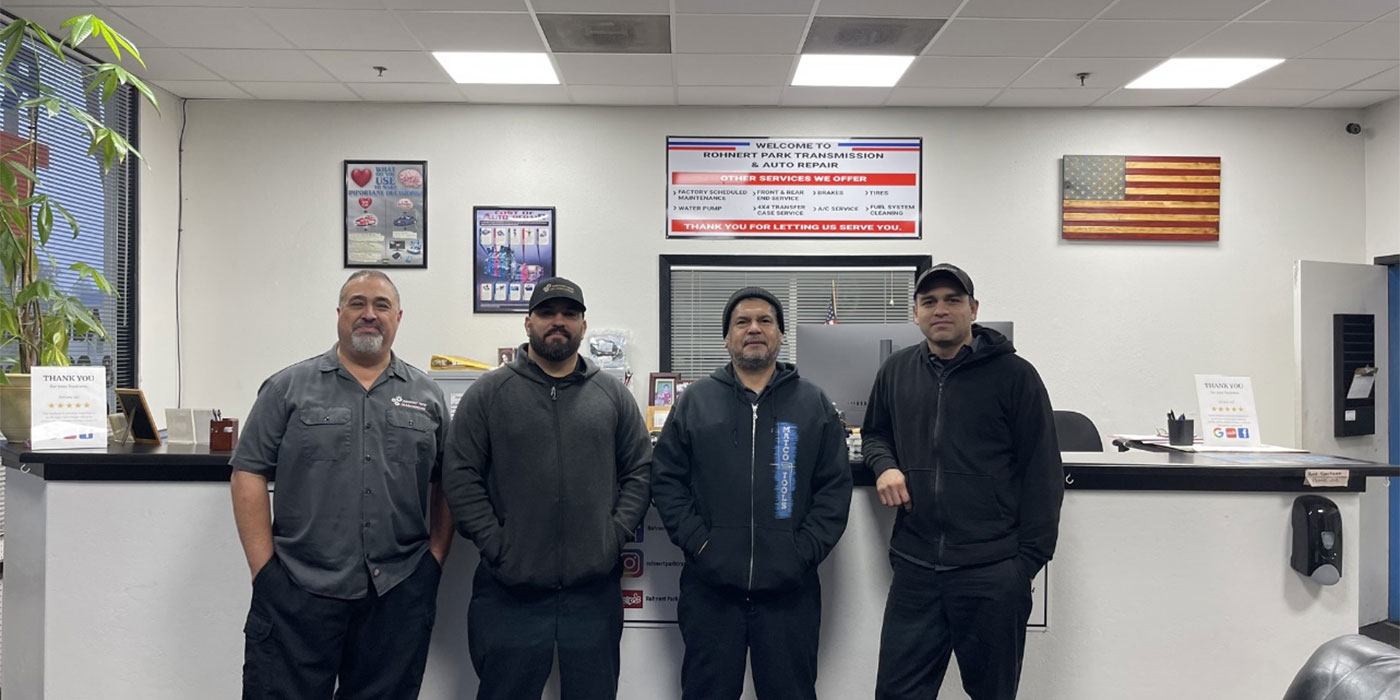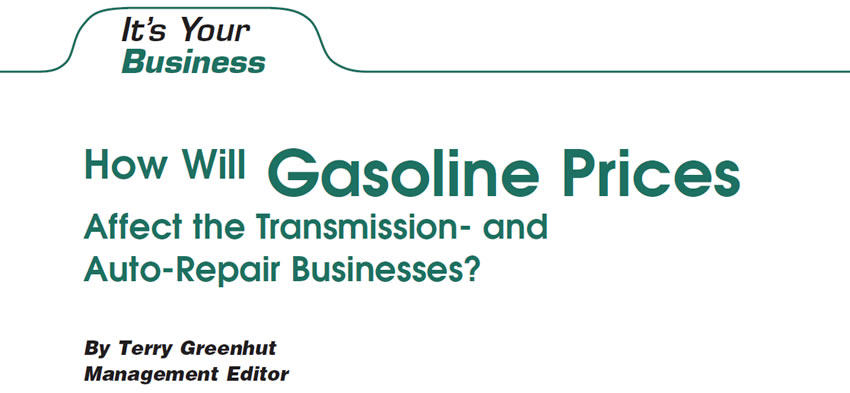
It’s Your Business
- Author: Terry Greenhut, Management Editor
Many of us remember the “gasoline shortages” of 1973 and 1979. Some sections of the U.S. were hit harder than others. The New York metropolitan area, for example, still had the problem months after the rest of the country had all but forgotten about it. It was as if we were supposed to suffer longer so the message would be heard loud and clear throughout the country that gas wasn’t going to be a cheap commodity anymore.
Lines to buy gas were long. Service-station owners were trying to take care of their regular customers by selling gas out the back door while some were accepting gratuities for providing the precious liquid. There was even a time when rationing took place and you could get on line only when your license-plate number corresponded to whether it was an even or odd day of the month. Fights broke out at stations when people waited on line for hours only to eventually reach the pumps just as the sign “No more gas” went up, or when people tried to jump the line or attendants were seen taking care of their friends. It was chaotic and scary.
Of course, we later heard that there wasn’t any real shortage in either ’73 or ’79. It was just a means by which the oil companies thought they could get us to accept higher prices. Regardless of whether that’s true, it was amazing that as soon as the prices reached a certain point we were swimming in gasoline. People were so happy to get as much as they wanted that they didn’t seem to care that the price had doubled or, in some instances, tripled.
During those so-called shortages and for a time afterward some interesting things happened to the automobile industry and our segment in particular. First there was a shockwave effect during which time consumers froze solid in place. They stopped buying cars – not only the big gas guzzlers (there weren’t many econoboxes back then), but all cars. The dealers couldn’t give them away. Many went broke as a result of having to pay interest on thousands of cars sitting on their lots that they couldn’t move. Used-car sales suffered, too, because nobody was trading anything in. At the same time, auto and transmission repair rebounded as soon as gas was again available. Many people hung on to and fixed their older cars while they waited to see what was going to happen to gasoline next.
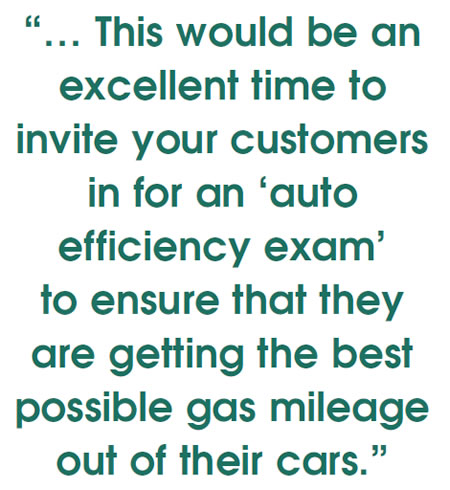
American automobile manufacturers scurried to come up with smaller, lighter-weight and more-fuel-efficient vehicles that they thought consumers would buy. The Japanese and the Europeans already had some because their fuel prices had been high for a long time, but we didn’t. We had cars that were so wide they would barely fit into a lane on the highway, and many of the most-popular models weighed well over 4,000 pounds and got less than 10 miles to the gallon.
New inventions to save gasoline were everywhere. I, for one, had a distributorship for fan blades in a carburetor base plate that were supposed to spin and mix the fuel and air more efficiently. There was another one that sprayed water into the carburetor along with the air and gasoline in an effort to keep the engine from pinging when it was trying to run on the cheapest fuel available. Then there was oil that claimed to reduce engine friction to provide better mileage, oil that was developed by the same companies that were inflating the price of gasoline. What’s wrong with that picture?
We converted more “full-time” four-wheel-drive vehicles than I can remember to “part-time,” and customers were happy to pay us in the hope of saving gas. The nice part was that the conversion did save some gas, maybe even enough to pay for itself if they kept the truck for a couple more years. We were even installing very expensive overdrive units on some vehicles.
New lines of smaller front-wheel-drive cars were coming out so fast that we wondered how much research and development really went into them. Some of us thought customers who bought them were the designated product testers. Some cars couldn’t be backed off the delivery trailers at the dealership because of transmission defects. The dealers couldn’t handle all the warranty repairs and farmed out a lot of the work to us. The only problem we had was getting the parts to fix these brand-new cars. We had so many in our lot at one time that we had to make our own engine cradles out of 2x4s to support the engines while we waited for transmission parts. Then after we finally fixed them we had to keep our fingers crossed that the replacement parts would actually hold up.
Those were tough times but they were good times as well. Business flourished for transmission- and auto-repair shops. Miniaturization was the watchword of the day. Make it smaller and more efficient. At the same time there was a new challenge, to see how many mechanical, hydraulic and electrical systems could be controlled by the use of computers, sensors and actuators or solenoids.
Some of the first designs were rudimentary at best. I had one car in which I kept a spare computer in the glove compartment for those times when it would fail on the road and leave me stranded. After it happened once I was determined not to let it happen again. That car could be going down the road at 60 mph and the engine would just shut off. You had one chance at the power brakes before they would run out of vacuum boost, and then you had to stand on the pedal with both feet and hope for a stop.
Every new gas-saving innovation meant more work flowing to our shops. Many of us adapted well to the changes, even embraced them as we realized the amount of business that would come to shops that had a reputation for being able to work on the latest systems and technologies. Some of us built entire advertising campaigns around the test equipment and the ability to diagnose and repair such complex problems. There were others who chose to retire or sell out rather than learn the new methods, leaving more business for the rest of us.
Today we face a new challenge that looks a lot like the old one. As Yogi Berra would say in one of his famous quotes, “It feels like déjà vu all over again.” This time a bunch of oil-producing countries (or was that the oil companies?) got together and decided to see what would happen if they just kept raising the price of a barrel of crude oil. At what point would the American consumer squeal like a stuck pig?
TV stations interviewed people on the street to ask how high gasoline would have to get before they would give up their monster SUVs. The consensus was $4 a gallon. It was interesting to see how close they got it to that amount before it started back down. Then, just in case we got comfortable, a couple of hurricanes came along that the media warned us would cause great shortages because of damage to oil rigs and refineries in the Gulf. That jacked the prices up on anticipation alone.
So here we are. It’s like 1979 all over again. The difference is that they don’t have to invoke a gas shortage today to make us pay more. All they have to do is scare us into thinking there might be one and we’ll pay whatever they ask. Car dealers once more aren’t selling cars because everybody is taking the “wait-and-see” attitude, and auto-repair and transmission shops are staying busy fixing cars and trucks that otherwise would have been traded in by now.
It’s great for our industry that people in North America will give up lots of other things before their freedom to get into their cars and drive wherever and whenever they like. They might put on a little fewer miles while trying to conserve, but as soon as the crisis is over they will go right back to their old comfortable way of doing things – which, fortunately, includes having people like us keep their vehicles in tip-top shape.
For those of you who are heavily involved in auto care now, this would be an excellent time to invite your customers in for an “auto efficiency exam” to ensure that they are getting the best possible gas mileage out of their cars. It would included an emissions check and provide for an engine tune-up, tire-inflation check, and the replacement of air and fuel filters, spark plugs, ignition wire etc.
Your customers may not be aware of the preventive-maintenance items that can save gasoline. By making them aware you give yourself the opportunity to sell additional repairs and services while building your business on referrals and repeaters.

Visit www.TerryGreenhut.com.




